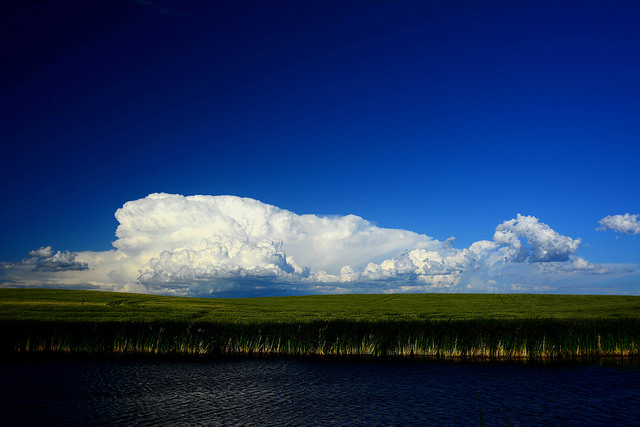
Changes in climate do not necessarily translate into changes to management practices and interactions between sectors remain quite complex.
Those topics were key discussions during the Northern Great Plains Regional engagement workshop for the Fourth National Climate Assessment on Feb. 22 in Rapid City, South Dakota. Three satellite sites for the workshop included one hosted by the High Plains Regional Climate Center and Nebraska Extension at the School of Natural Resources at the University of Nebraska-Lincoln.
The National Climate Assessment is a report produced every four years that summarizes current and future climate change impacts for the United States, broken down by region. The Northern Great Plains Region includes Nebraska, Montana, Colorado, North Dakota and South Dakota. In preparation for the next release of the NCA, slated for 2018, a series of workshops are being conducted nationwide to gather stakeholders’ recommendations for the next report.
Nebraska’s workshop brought together people from the five-state region from sectors such as fisheries and wildlife, ecosystems, water resources, and agriculture. Discussions focused on how land, water and energy management practices don’t necessary change when climate changes are observed and how interactions between sectors often are complicated.
Attendees recommended the next report focus on issues unique to the Northern Great Plains region, a divergence from previous versions of the NCA. They suggested including Devils Lake in North Dakota and the Prairie Pothole Region, which spans several northern states. Devils Lake has continued to rise over the last 25 years, swallowing up nearby farmland and communities. Between 1992 and 2011, the lake grew from about 69 square miles to 285 square miles, according to The Atlantic, and it continues to grow. The Prairie Pothole Region is one that supports water birds, and changes to climate will affect not only birds, but hunters, communities and the tourism industry, too.
From now through the summer, authors will outline and write the sector- and region-specific chapters. SNR is home to two of the Northern Great Plains chapter authors, climatologists Dr. Mike Hayes and Dr. Martha Shulski, and Inside SNR will continue to report on the NCA4 as it progresses.
Public engagement is a key part of the report’s process, and there will be additional opportunities for review and comments for those interested in making recommendations. To learn more, click here.
To learn more about the NCA4, click here.
Writers: Natalie Umphlett, HRPCC director, and Shawna Richter-Ryerson, Natural Resources